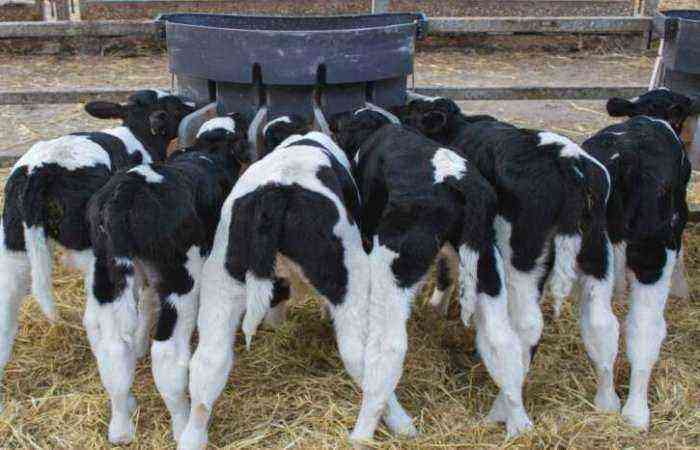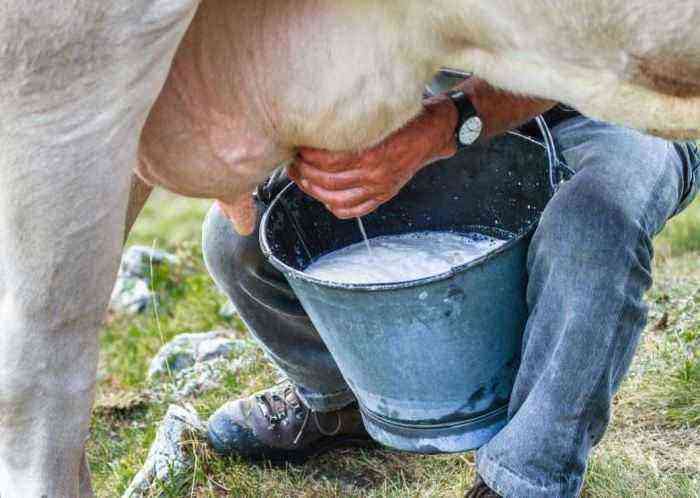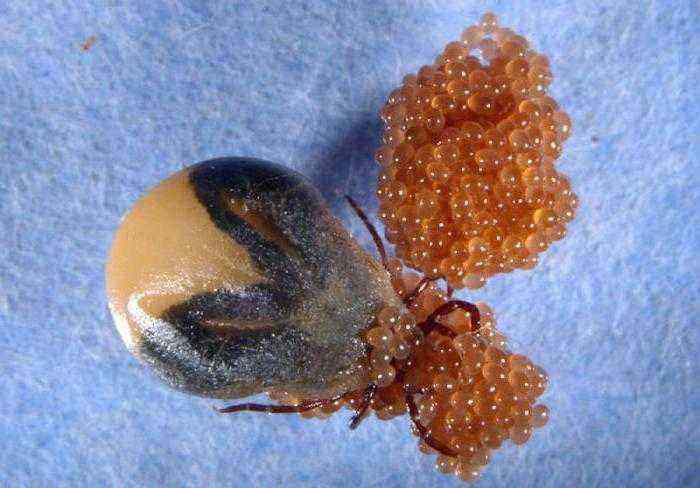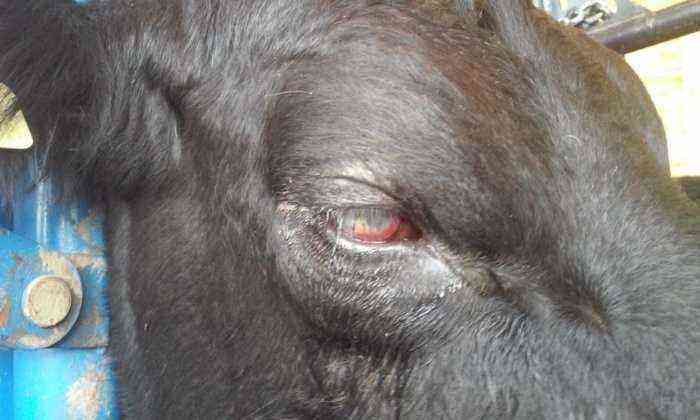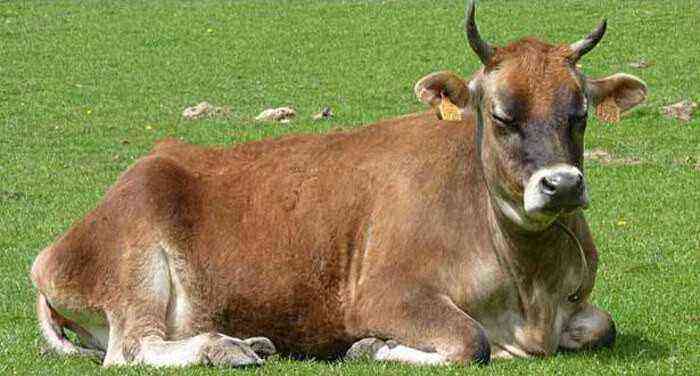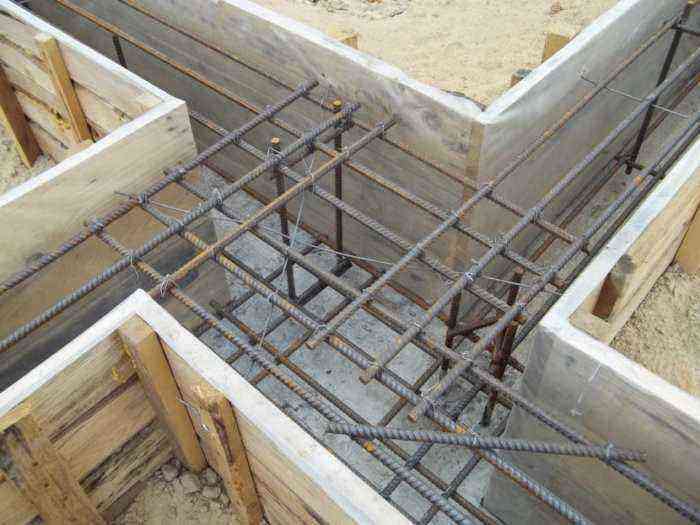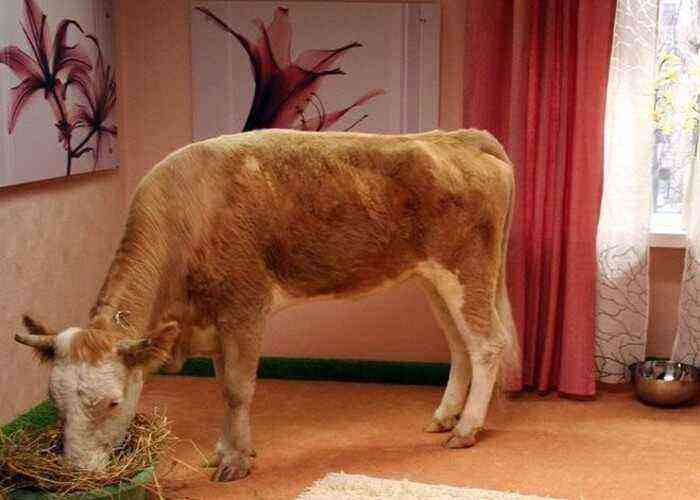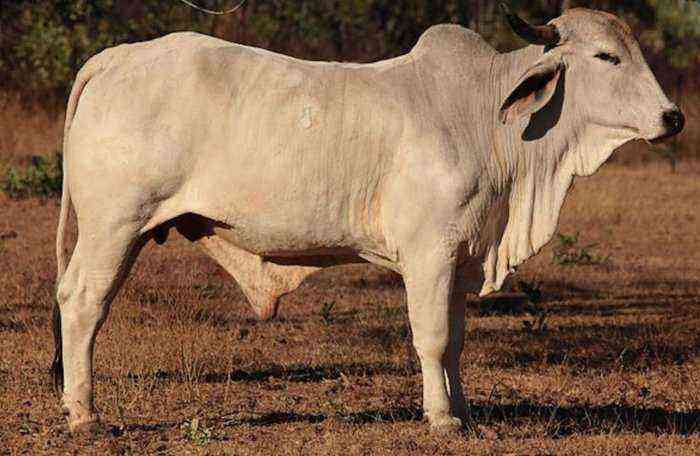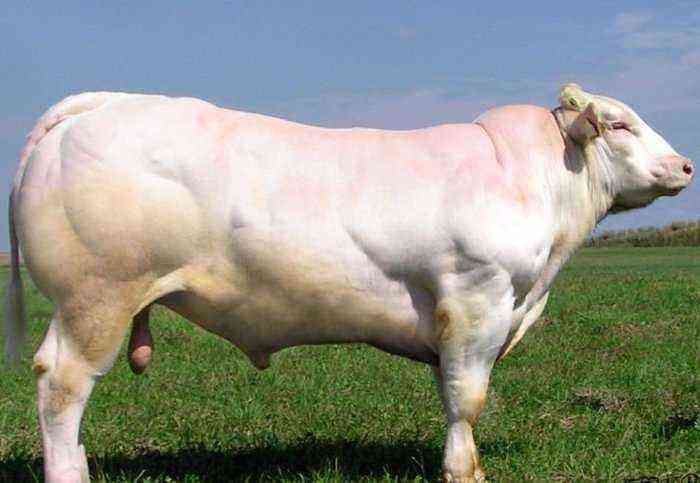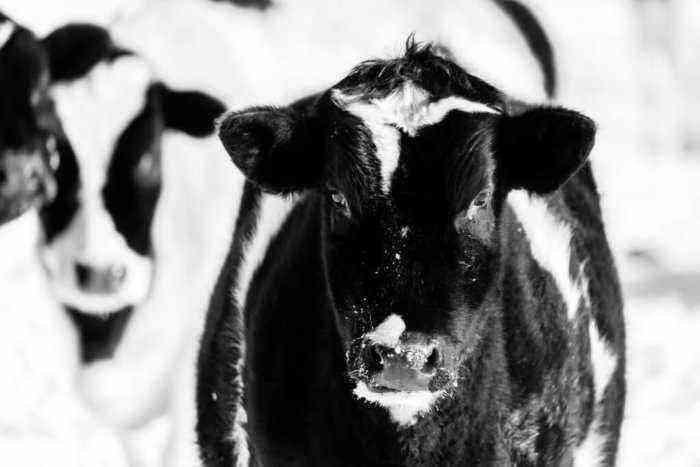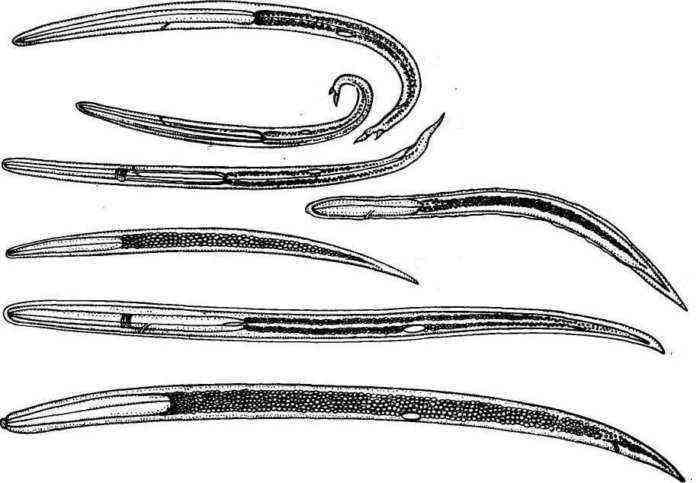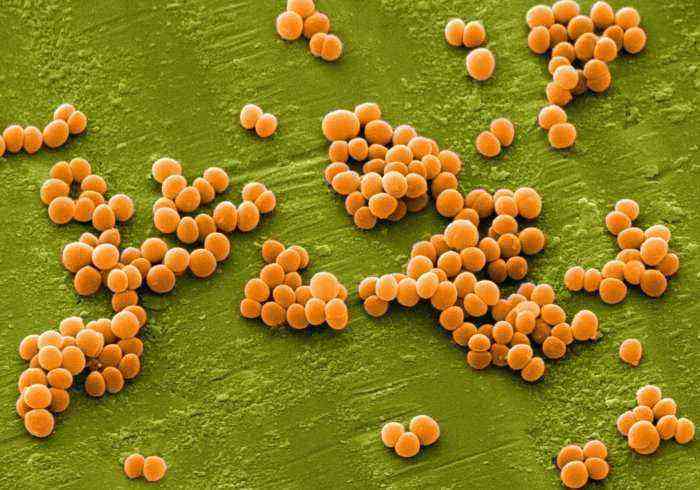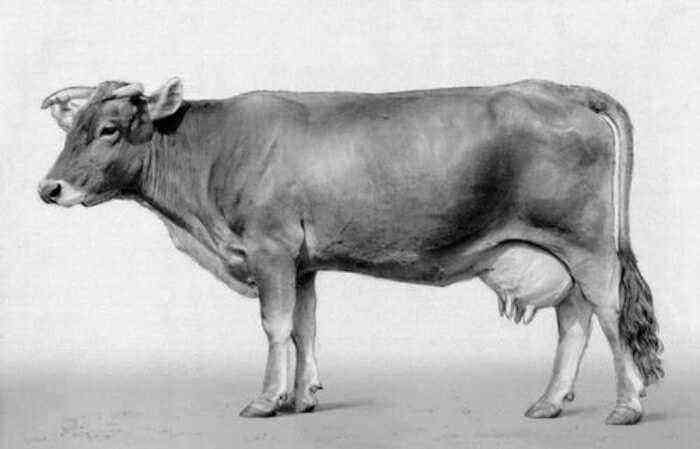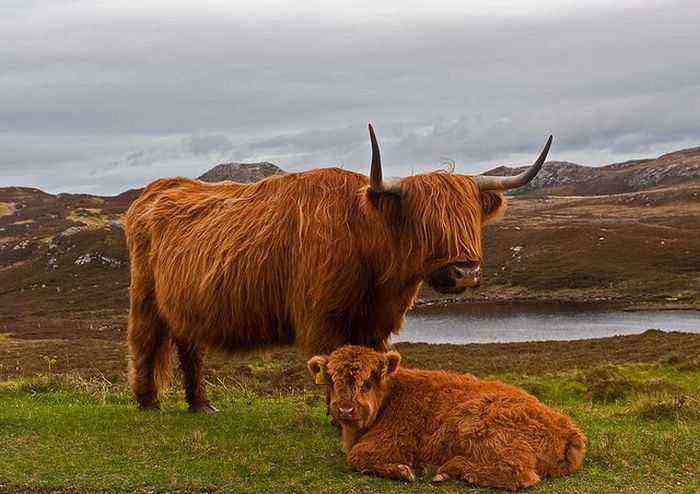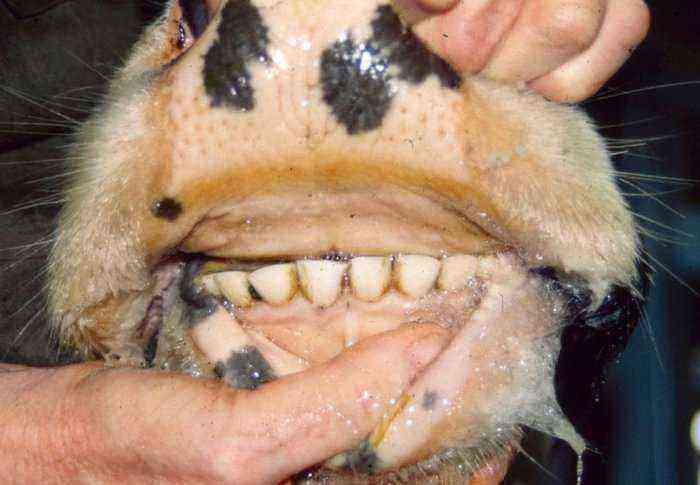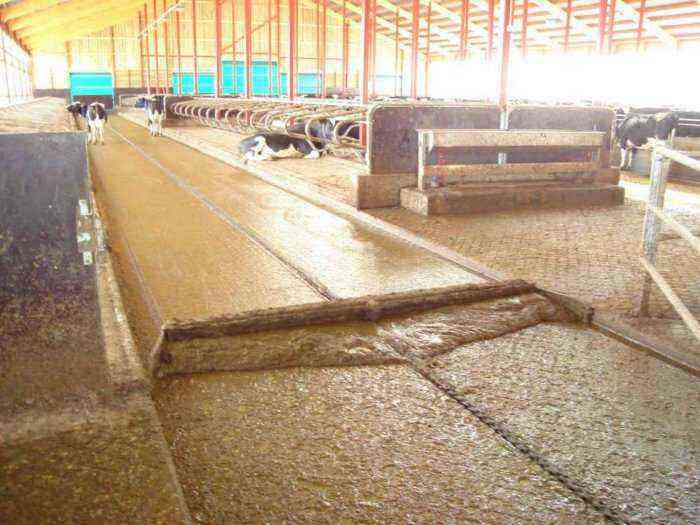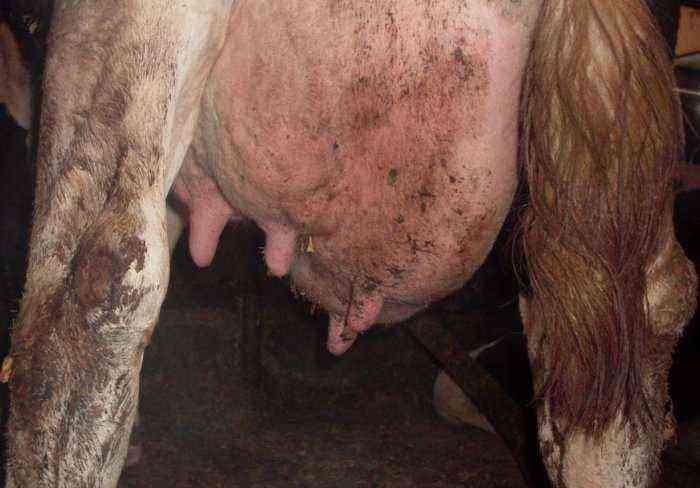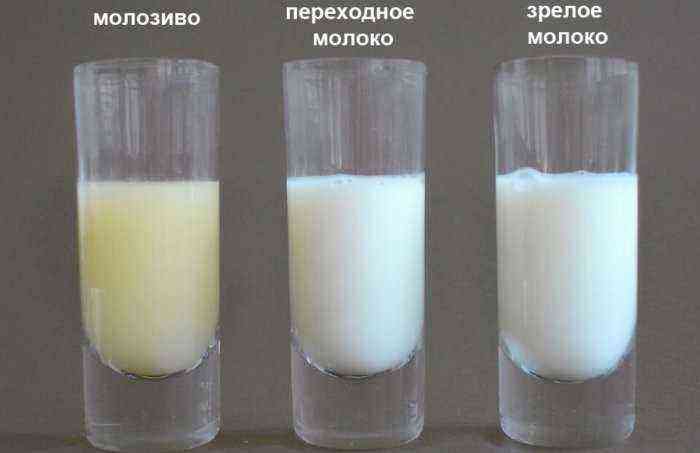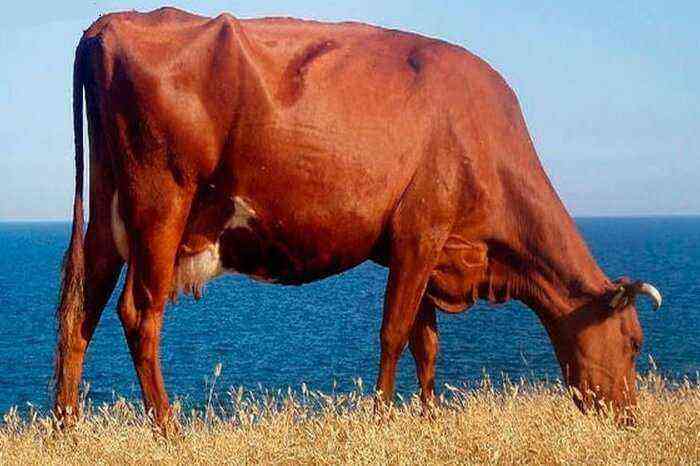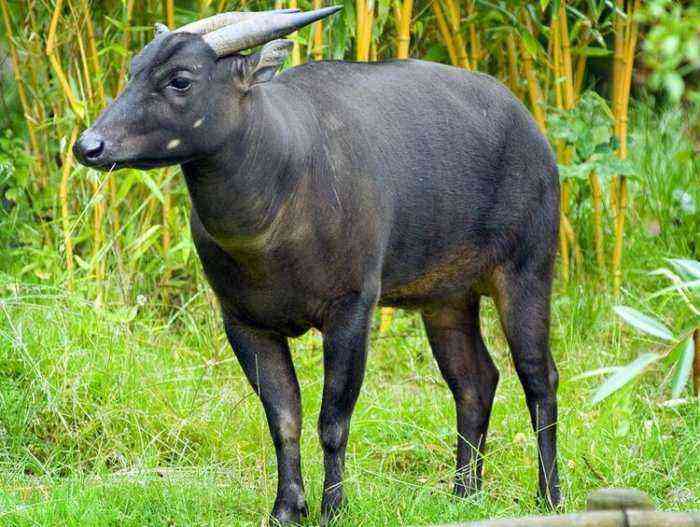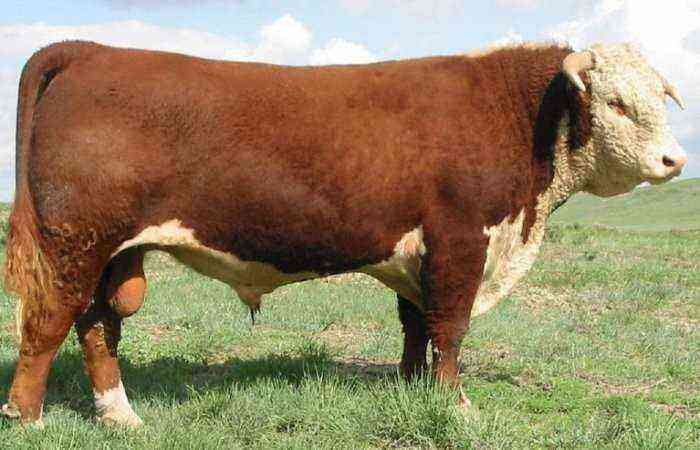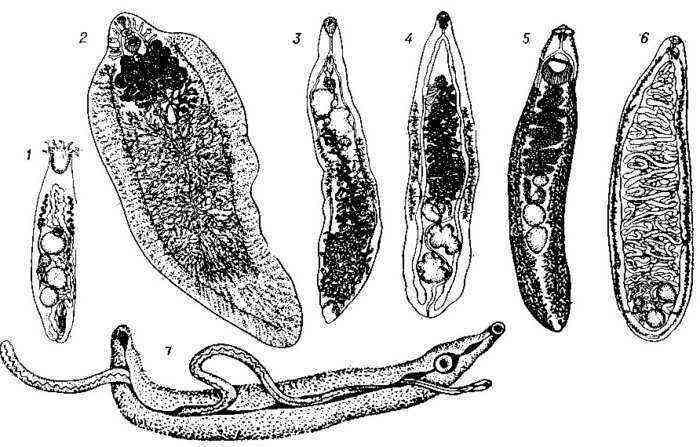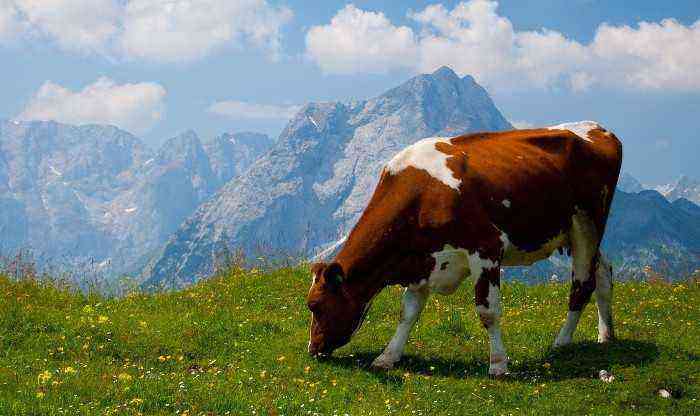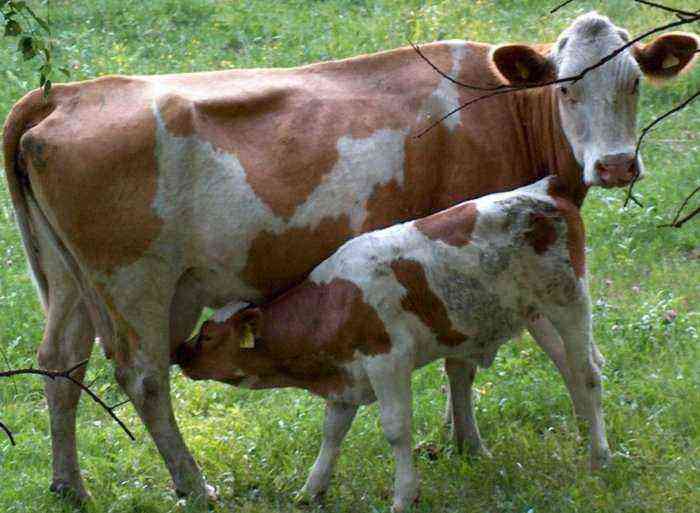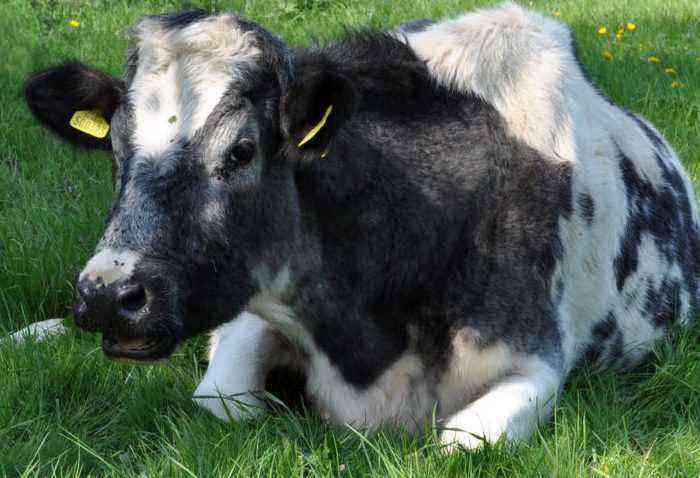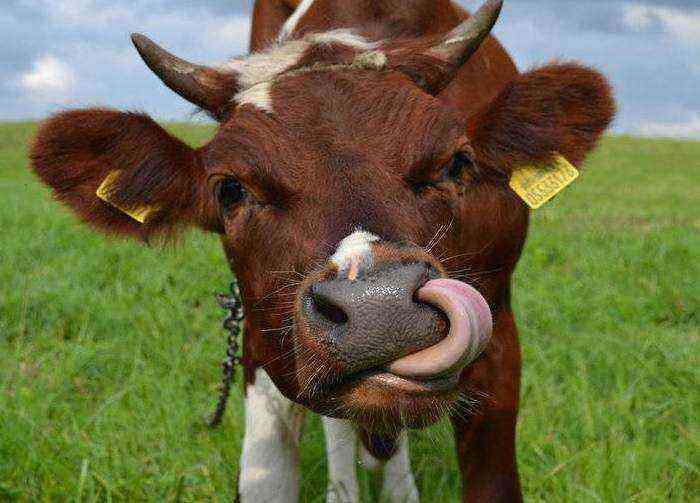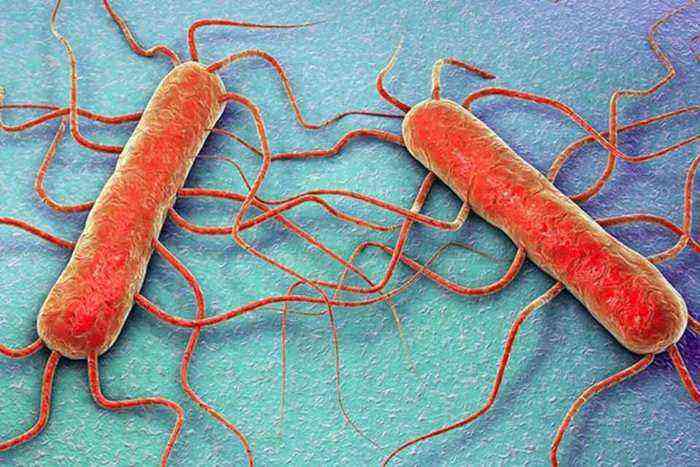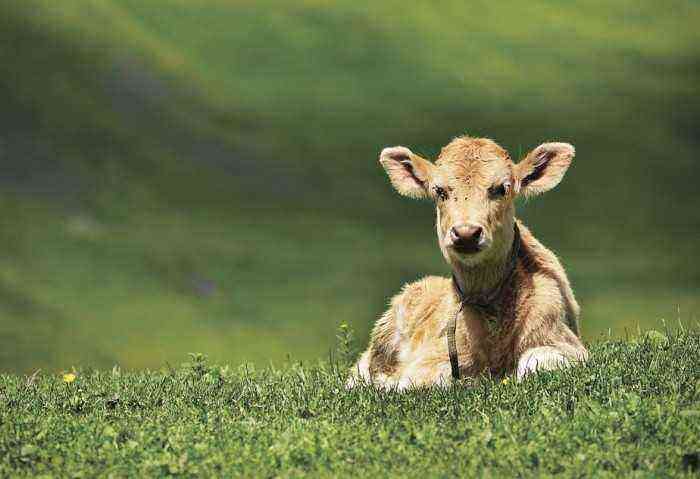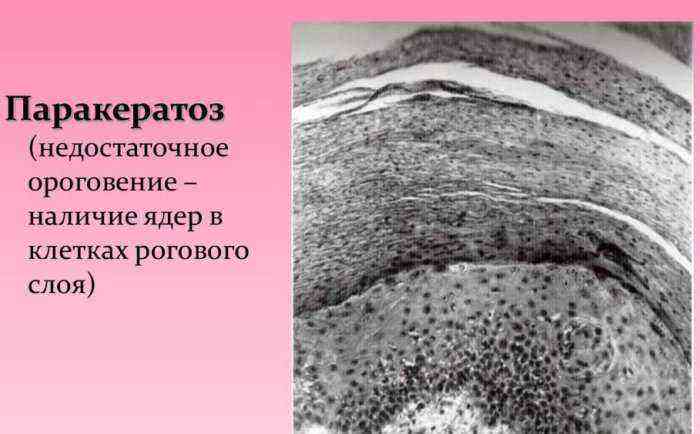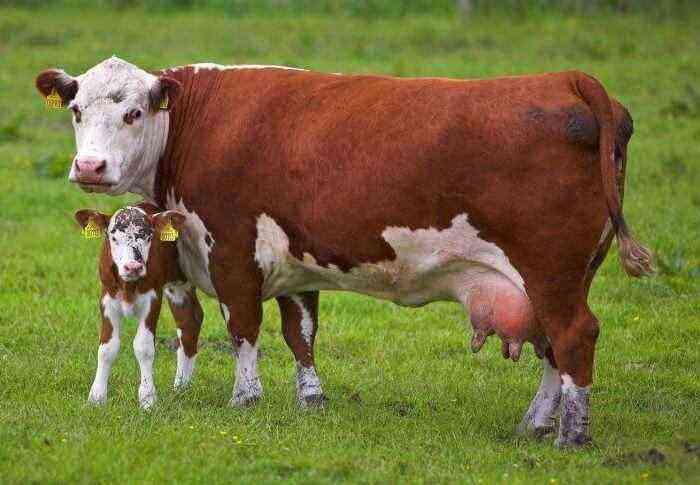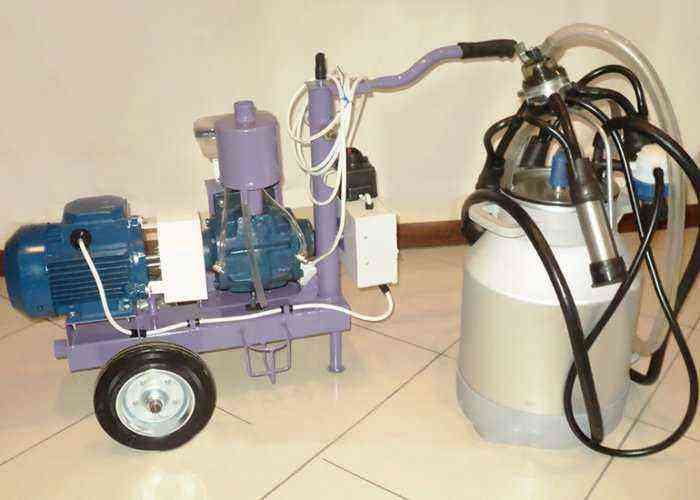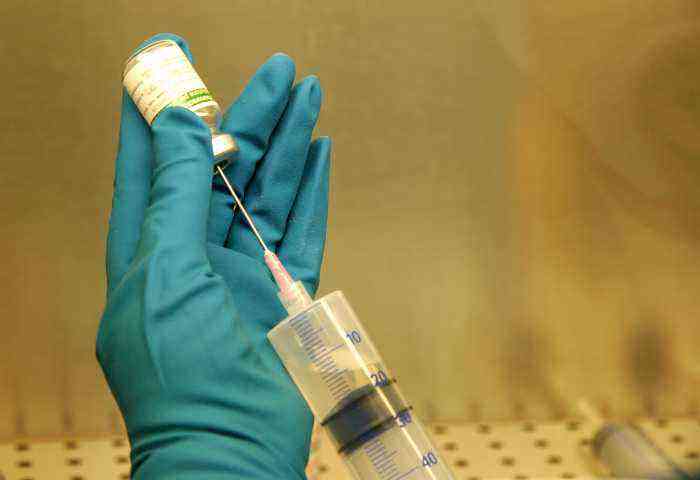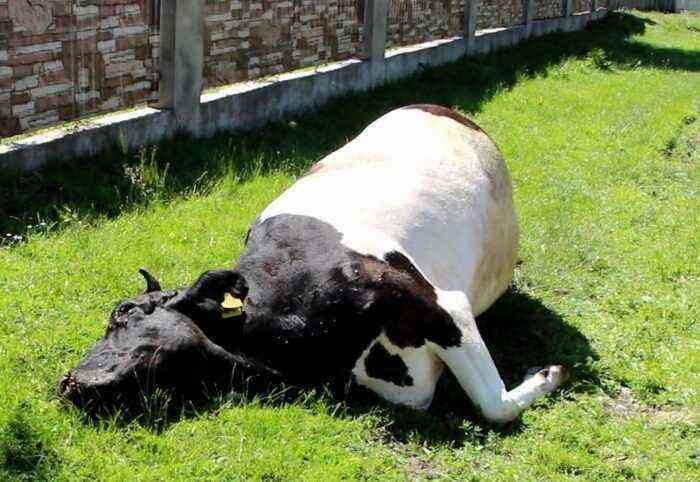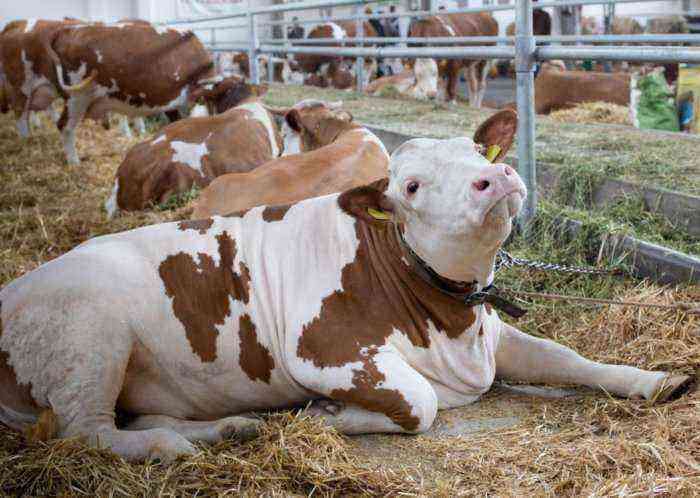By nature, cows are herbivores. The basis of their diet is fresh grass or hay. But from such food, the body cannot get all the nutrients, minerals and vitamins necessary for growth and development. To replenish the missing nutrients, breeders supplement the main livestock feed with various feed additives. And one of the most popular among them is meat and bone meal.
Meat and bone meal for cattle
What is meat and bone meal?
Feed additives for cattle are designed to increase the metabolic rate in the body, saturate it with protein, minerals, and accelerate growth processes. The consequence of this is an increase in milk production and a more intensive weight gain of the animal.
Meat and bone meal has the same effect on the body of a cow. This additive is a powdery mass with a fine fraction. The color of the substance is dark brown. It also has a distinctive smell.
When buying such a composition on the market, its choice should be taken as seriously as possible. And pay attention to the following points:
- The smell of flour, although specific, should not contain notes of rot.
- Buying a supplement with a yellowish color is also not recommended. It can adversely affect the health of pets.
- Flour should not contain large pieces or lumps. They indicate a violation of production and storage technology.
It is also worth noting that there are several varieties of meat and bone meal. Between themselves, they are divided based on the percentage of fat that the supplement contains. This point is also worth considering.
Composition
Easily digestible protein is the basis of the composition of meat and bone meal. In first-class products, its content reaches 50–52%. In the lowest quality mixtures of the third class, its share hardly reaches 30%. In addition to protein, the powder includes:
- fats – from 13 to 20%;
- water – 9–10%;
- fiber – about 2-3%;
- ash – from 26 to 38%.
Each of the varieties of flour includes all of these components. The difference between them lies only in their ratio. In the compositions of the first class, the main share falls on the protein. In the second and third grades, the percentage of fat and water increases significantly, while the proportion of protein decreases.
Reference. Supplements for cows of all three classes are allowed for use in feeding. But formulations with increased fat are less effective for animals.
Feed additive manufacturing process
Meat and bone meal is produced on an industrial scale according to a special strictly observed technology. The production process includes the following steps:
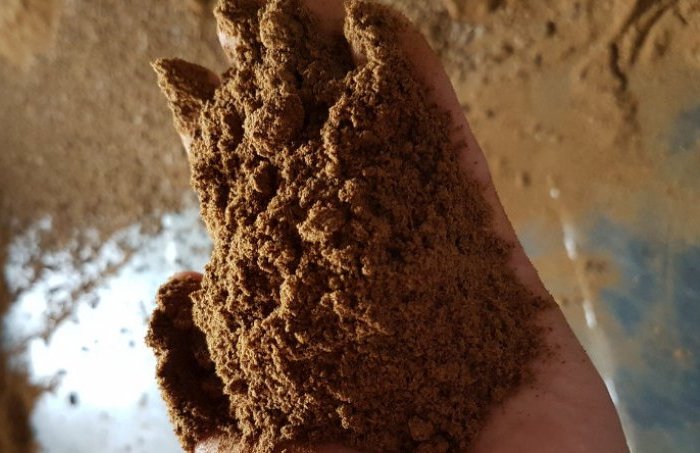
meat and bone meal
- Suitable raw materials are being prepared. Its role is mainly played by the waste of enterprises specializing in meat processing.
- Harvested raw materials in special laboratories are checked for the presence of pathogens of infectious diseases. When they are detected, the infected parts of the carcasses are discarded.
- The mass admitted for production is thoroughly boiled.
- During the cooling process, the temperature of the raw material drops to 25 degrees. After that, it is sent for grinding. Special installations give the mass a look close to powder.
- Further, on special equipment with a sieve, the crushed fraction is sieved, separating only flour from it.
- With the help of machines that create magnetic radiation, metal particles are extracted from flour.
- Semi-finished products are subjected to the action of special antioxidant substances. They allow the natural components of the supplement to not deteriorate longer.
- Special fabric, paper or plastic bags are thoroughly disinfected, after which the finished mixture is placed in them.
It should be noted that in addition to waste from meat processing plants, carcasses of dead animals from private farms are also allowed to be used. The main criterion for this is the absence of infectious diseases.
Instructions for use for cattle
If meat and bone meal is purchased by a breeder for feeding cattle, then it is best to choose for this purpose compositions made from the waste of pig and bird carcasses. Mixtures based on sheep and cow raw materials have a composition similar to them. But the researchers found that such products may contain the causative agent of mad cow disease, which is not always possible to identify in the process of laboratory research and kill during processing.
Flour is fed by adding it to other feed for cattle. In its pure form, cows often refuse to eat it. The animal most willingly eats such an additive along with combined feeds, cereal grains or bran. Accustom living creatures to the mixture gradually over the course of a week. At the same time, the proportion of flour in food is increased from 10 to 100 g per day.
This approach assumes the following qualitative changes in livestock productivity:
- the growth of young growth is enhanced;
- increase in daily milk yields;
- the fat content of milk increases;
- improved fertility of cows;
- improving the quality of meat products.
Side effect
In general, all components included in the composition are natural and harmless to the cow’s body. But they give a positive effect only if the animal feeding norms indicated on the package are observed. This mixture contains an increased amount of protein. Therefore, if these norms are exceeded, amyloidosis may develop in cattle. This disease is fraught with a violation of protein metabolism, as a result of which protein compounds are deposited in the tissues of internal organs, interfering with their normal functioning.
Attention! Also, side effects appear when feeding animals with stale products. The use of rotten additives leads to the development of pathogenic microflora in the digestive tract of the cow. As a result, the animal develops various diseases.
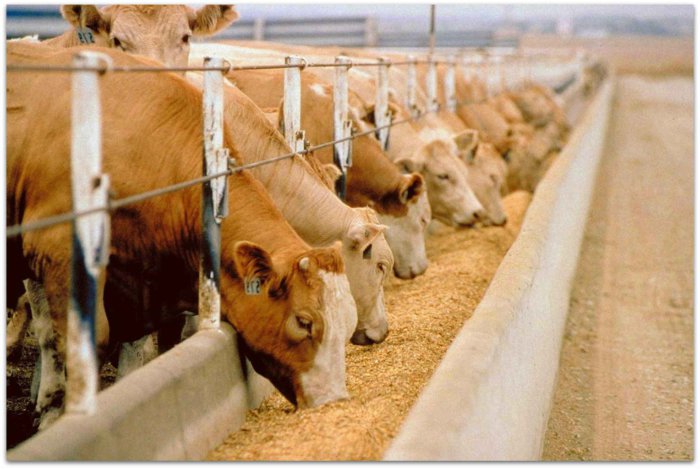
Feeding cows with meat and bone meal
Storage Rules
Proper storage of the supplement will significantly reduce the risk of side effects, as well as maximize the shelf life. It assumes the following conditions:
- storage of meat and bone meal in bags with a volume of not more than 50 kg;
- compliance with a constant temperature regime in the warehouse, with an upper limit not exceeding 30 degrees;
- exclusion of drafts in the storage area;
- maintaining optimal air humidity of 75% in the warehouse;
- through the windows on the bags of flour should not get sunlight;
- children and other pets should not have access to flour reserves.
Attention! Such products are transported exclusively in their original packaging. At the same time, during transportation, the additive should not be exposed to moisture and direct sunlight.
Subject to all these points, meat and bone meal is stored in a sealed bag for 1 year. If the storage technology is broken, the fats and proteins in the composition deteriorate. Feeding animals in this case will not only not bring the desired effect, but can also harm the living creatures.
Conclusion
Meat and bone meal is a significant source of fats and proteins for the animal. The use of such an additive in feeding significantly enhances the growth of cows, their milk and meat productivity, and has a positive effect on fertility. But before proceeding with the use of the composition, it is necessary to make sure that it meets the above standards. In addition, when using, be sure to follow the recommended feeding rates on the container. Otherwise, there is a risk of side effects.
